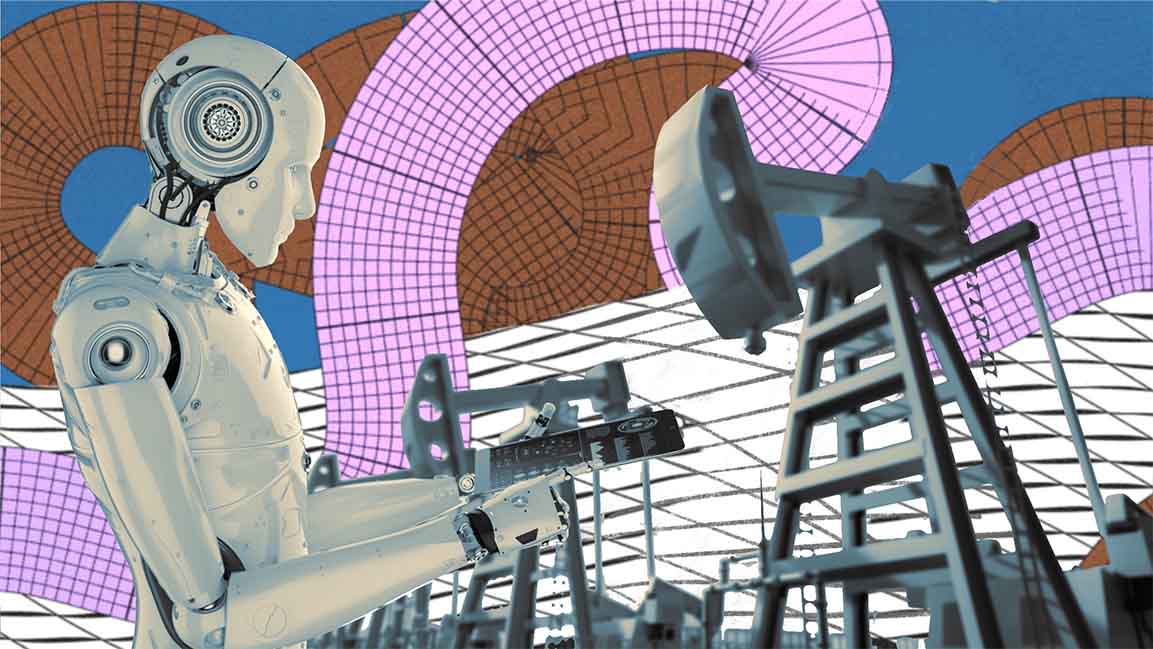- | 11:00 am
Use of robotics in the oil and gas industry to rise with advances in customizable robots
A new report says automation drives efficiency, productivity, and safety improvements

In the last few years, the oil and gas industry has embraced AI, machine learning, and other digital innovations in its operations. But now robotics is gaining more and more attention as it assists in oil operations, ranging from surveys, material handling, and construction to inspection, repair, and maintenance.
GlobalData, in its report, Robotics in Oil & Gas, pointed out that while robotics had been a part of the oil and gas industry for several decades, growing digitalization and integration with AI, cloud computing, and the Internet of Things (IoT), have helped diversify robot use cases within the industry.
Automation drives efficiency, productivity, and safety improvements, says GlobalData, a leading data and analytics company. It enables extensive inspection and maintenance tasks while feeding back data to help limit operational costs and improve efficiency.
Advances in modular and customizable robots are expected to result in the growing deployment of robotics in the oil and gas industry, adds GlobalData.
“A huge number of robots are now being deployed in oil and gas operations, including terrestrial crawlers, quadrupeds, aerial drones, autonomous underwater vehicles (AUVs), and remotely operated vehicles (ROVs),” says Anson Fernandes, Oil and Gas Analyst at GlobalData.
“Robots have applications across the oil and gas industry in various tasks ranging from surveys, material handling, and construction to inspection, repair, and maintenance,” he stated.
During the planning phases of an oil and gas project, robots can be deployed to conduct aerial surveys, or they can be employed to conduct seismic surveys during exploration.
It added that aerial or underwater drones could be adopted depending on the project location and work requirements.
Fernandes said robotics is a fast-growing industry. “It was worth $52.9 billion in 2021 and will reach $568 billion by 2030, recording a compound annual growth rate of 30%. Robots will be the industry’s growth engine, and the oil and gas sector will greatly benefit from emerging use cases,” he said.
According to him, the volume of robotics use cases in the oil and gas industry is expected to grow rapidly with digitalization.
“Industrial robots with analytical support from digital technologies are expected to become the mainstay across the oil and gas industry, especially in the upstream sector, where personnel safety and operational security concerns are heightened,” he added.
































